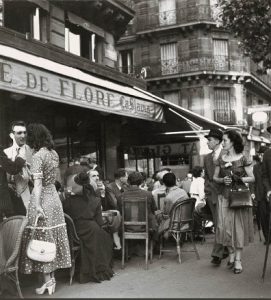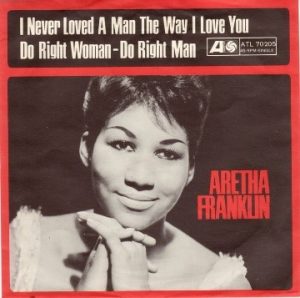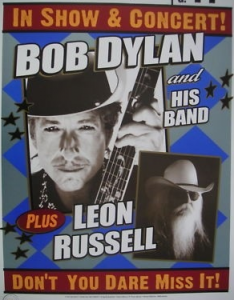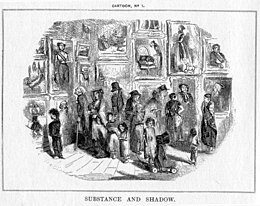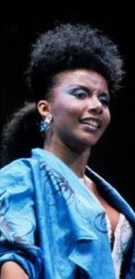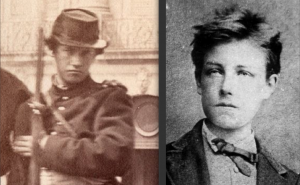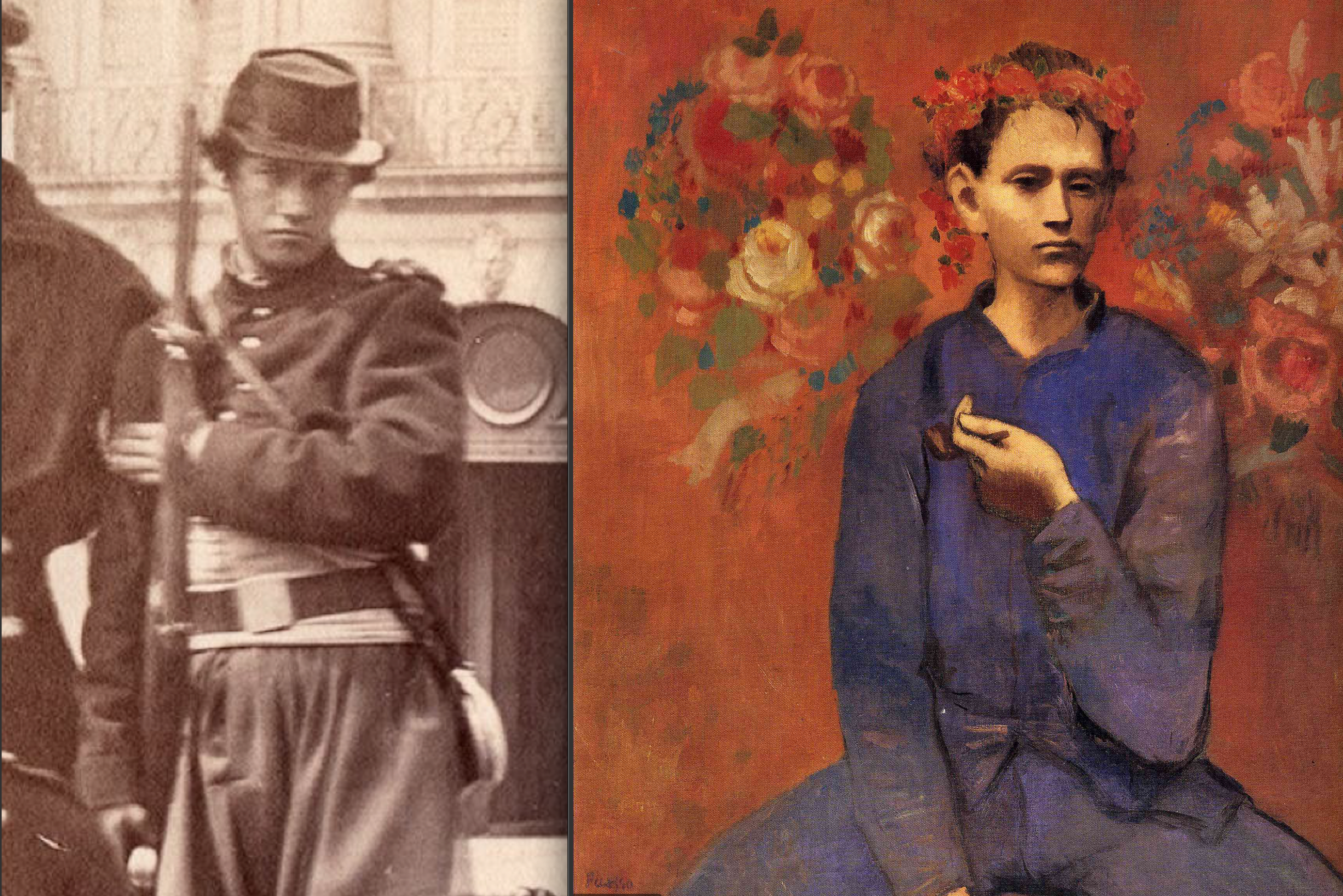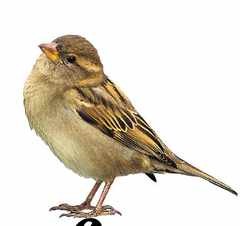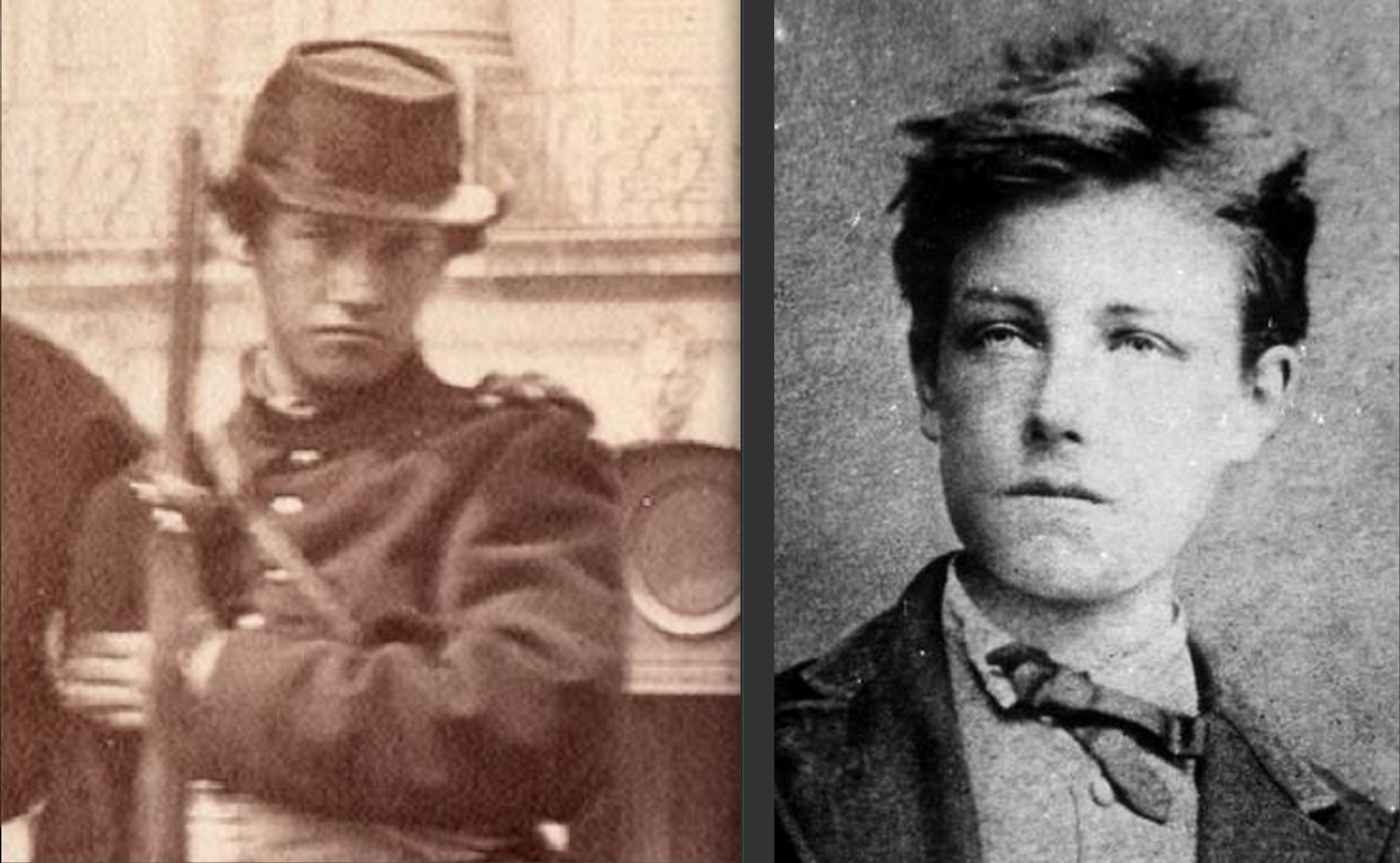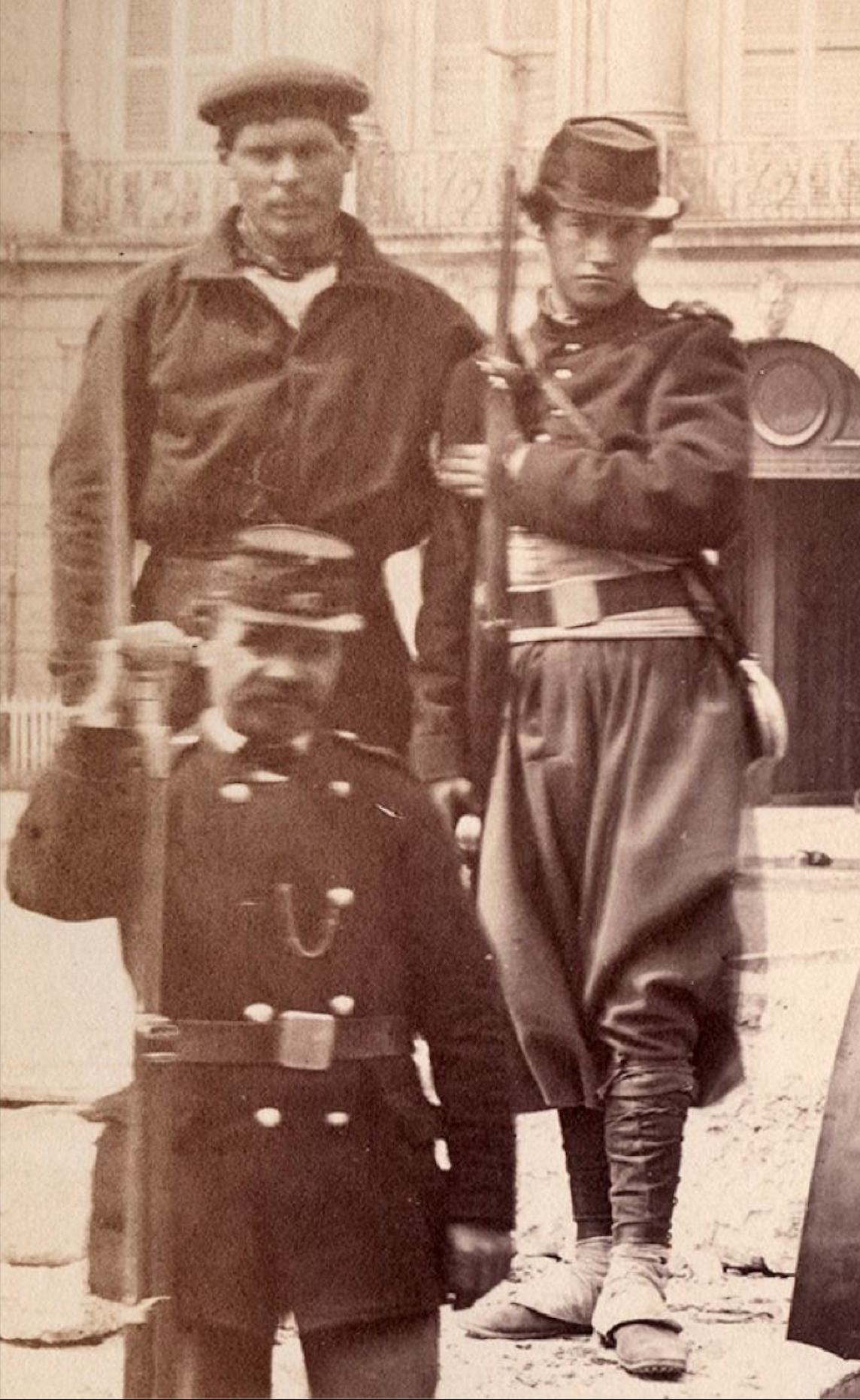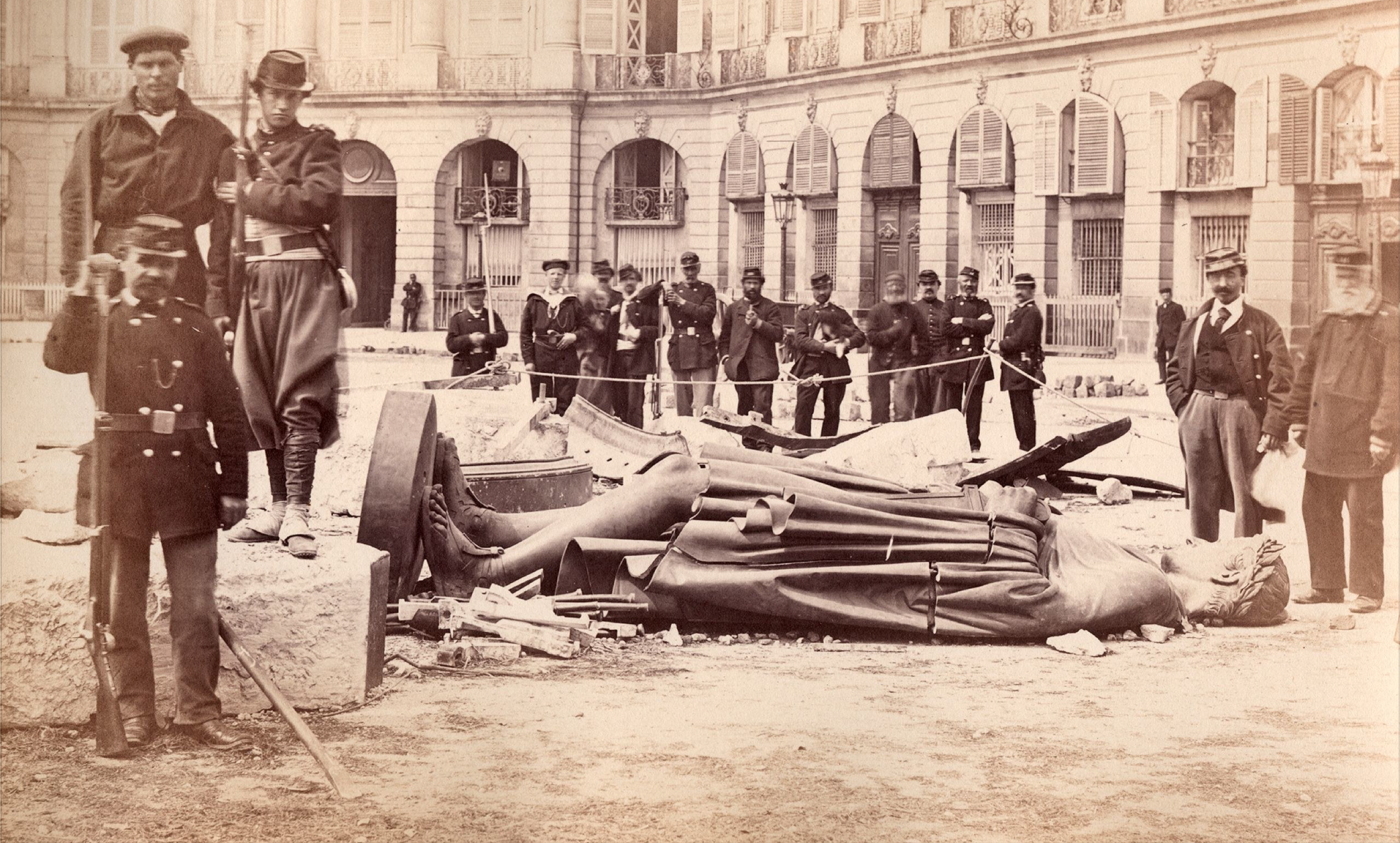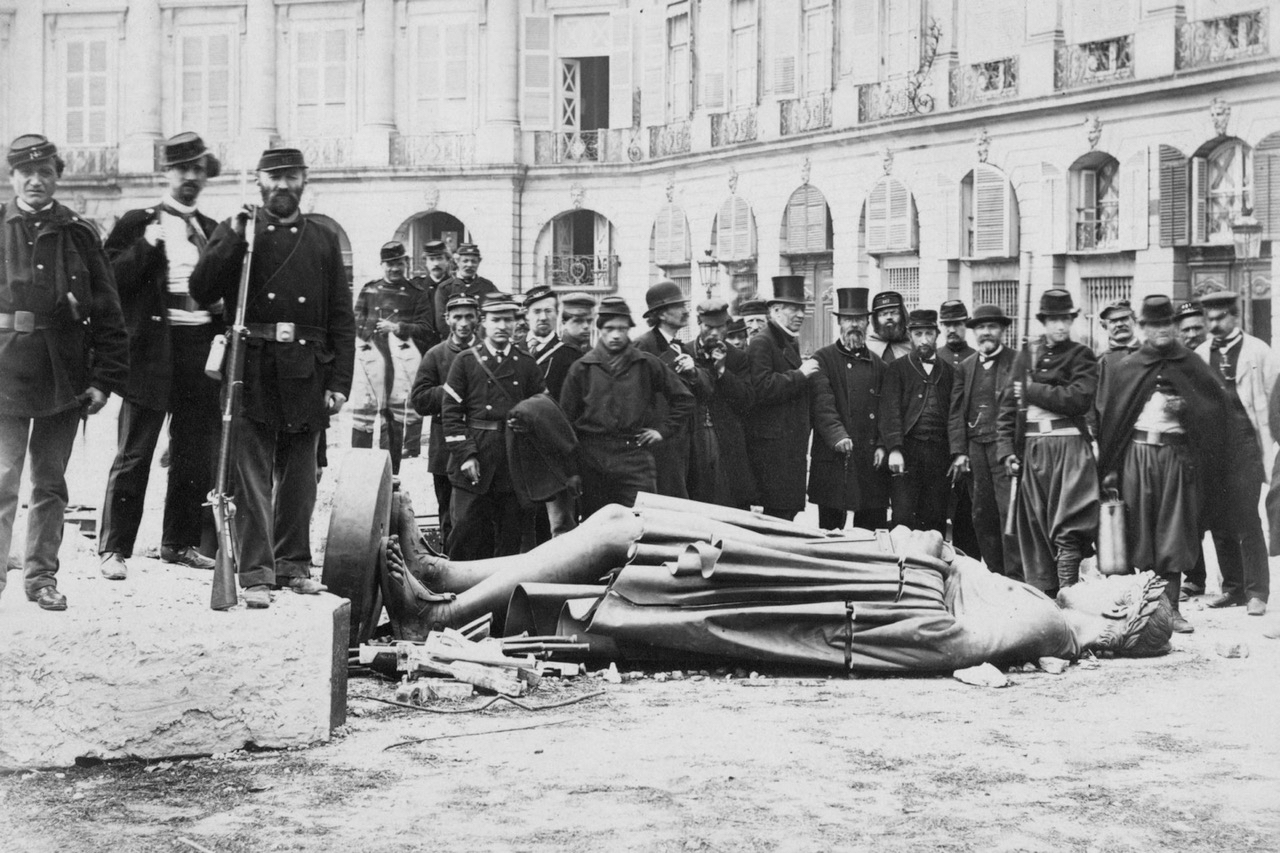By Tony Attwood
There is an index to the complete “All Directions at once” series here.
The series “All Directions at once” has now reached the final year before, for the first time ever, Bob devoted himself to writing songs which all dealt with one topic. Our last episode All Directions 40: 100 twists before trying Christianity took us through the first six songs of 1978, up to “Pressing On”. So we do indeed press on, knowing that what came next year would be nothing but Christianity.
The question is, what led up to this new direction? Was Christianity the central theme in these songs at the end of the year before the all-out onslaught? Here I look at the seventh and eighth songs of 1978 – the last two before Christianity took over.
7. Slow Train
https://youtu.be/dog4tPL3UZQ
This song is widely seen as the first of the new batch of Christian songs, but I would agree with those who suggest it is only seen this way because it turns up on, and gives its name to, the first of the religious albums.
Taken on its own it does not come across as a religious song, and indeed the lyrics may well remind us more of the closing song on Street Legal wherein Dylan writes, “There’s a long-distance train, pulling through the rain.”
Jochen wrote of this song, “…wide-ranging confetti-rains of impressions by an American citizen who connects the private with the universal, who slaloms between satire, reporting, surrealism, aphoristic oneliners and poetry,” and yes I can certainly live with that as a description. And that is certainly not a comment that says, “Dylan has just turned his head, heart and soul to Jesus”.
Once written, it was an obvious song to keep, not just to put on the next album but also to make the lead title for the album. It is pure Dylan, for Dylan has always loved songs about trains and moving on. He’s performed “900 miles”, “Broke Down Engine”, “Freight Train Blues”, “Man of constant sorrow”, “Mystery Train,” “Railroad Bill”, and “Sentimental Journey”. He wrote “Only a hobo”, “Duquense Whistle”, “It takes a lot to laugh”, “Train a travellin”, “Walking down the line”, “Roll on Train”, “Ballad for a friend”, “Bob Dylan’s Dream”, “Ride this train”, “Riding on this train” (those are not the same song), “This wheel’s on fire”, “Walk out in the rain,” and many, many more moving on songs and songs mentioning the railway. He also said in one interview he wrote the whole of the JWH album on a train journey.
And this is before we even start thinking about the more generalised moving on songs which classification is the third largest in terms of the subject matter of Bob’s compositions (beaten only, in terms of subject matter, by “love” and “lost love”.
But there again, despite its title “Slow Train” isn’t really about a train journey, it is about change, life, the world and everything. It is about America, and as Jochen once wrote, a”wide-ranging confetti-rains of impressions by an American citizen who connects the private with the universal, who slaloms between satire, reporting, surrealism, aphoristic oneliners and poetry.”
And in the centre of this is the way the world has changed, often in a way that Bob doesn’t like. After all, what is religion about …
All that foreign oil controlling American soil Look around you, it’s just bound to make you embarrassed Sheiks walkin’ around like kings Wearing fancy jewels and nose rings Deciding America’s future from Amsterdam and to Paris And there’s a slow, slow train comin’ up around the bend
Staying with Jochen’s comments, in his review he saw that verse as “xenophobic, agitprop-spreading populist provocateur speaks up, here the poet assumes the role of a redneck uncomfortably close to unhealthy nationalism. “Facts” are stated with a Trump-like aplomb and inaccuracy. That control by foreign oil is really not that big a deal, for example. The United States has been producing more than half of its oil requirements itself for many years and there is still lots of stretch in that need. The image of sheikhs walking around waving chic jewels and wearing nose rings (?), determining America’s future, is downright nasty and malicious, and does awkwardly resemble some demagogue’s fit, rather than a poet laureate’s well-considered reflections.”
And yet this song became the title song of the new religious album.
Of course there are images within the song that can readily be seen as religious, such as
Have they counted the cost it’ll take to bring down All their earthly principles they’re gonna have to abandon?
And the religious bits and pieces, such as “Fools glorifying themselves, trying to manipulate Satan” and “All nonbelievers and men stealers talkin’ in the name of religion” although that last has always struck me as a condemnation of contemporary religious practices rather than a call to the cause.
And above all I do get the sense of a rant (and I’ve nothing against a good rant from time to time), in lines such as “They talk about a life of brotherly love show me someone who knows how to live it”.
So I still hear this song, as when I first heard it, as an admonishment of everyone who tells us what to do, on the grounds that they are by and large all hypocritical.
And there is that constant theme of power, as with “my baby went to Illinois with some bad-talkin’ boy she could destroy, A real suicide case, but there was nothin’ I could do to stop it.” That is powerful stuff, but I still don’t hear it as religion.
Above all, it is the end of the song that tells me that this is another Dylan song in which interesting, and sometimes exquisite lines are put together because they sound good, they scan, and they rhyme, and they feel as if they might mean something even though that something is not made particularly clear…
I don’t care about economy I don’t care about astronomy But it sure do bother me to see my loved ones turning into puppets
This says the message of “Times they are a-chanin'” written 15 years before, has come to pass. “Times”, you may recall, told us that change happens, whether we want it to or not. It just happens. Indeed there is the suggestion that we can’t even influence the direction of the change; it just is.
The only difference between “Times” and “Slow Train” is that with the latter it now has become personal.
And that is the theme. From the second line (“Can’t help but wonder what’s happenin’ to my companions”) through to the penultimate line, “But it sure do bother me to see my loved ones turning into puppets”) there is the warning that times have changed, and it ain’t been for the good, and it is affecting his friends.
Thus to me, “Slow Train” is a song about a world changing, and thus the title line is singularly apt, because there is no revolution, just an evolution in a world that is more horrible than the one people were worried about in the 1960s. Times change, just like he said back in the 60s.
So I wonder… could it be that “Slow Train” wasn’t the first religious song of the new collection, but the song which, as it emerged, caused him to think more about religion?
8 Do right to me baby
But then, if “Slow Train” wasn’t the first of the religious songs, was it “Do right to me baby”?
In many obvious ways no. Because the line, “if you do right to me baby, I’ll do right to you” is conditional, and the message of love of Christianity is that it is unconditional. If you are treated badly, just turn the other cheek.
Besides what about the opening: “don’t wanna be judged” – well sorry but there’s a judgement day writ large in Christianity. Matthew 7:12, “So in everything, do to others what you would have them do to you,for this sums up the Law and the Prophets.”
Bob spends his time here telling us what he doesn’t want to do (such as shooting, enslaving, being a bigamist etc) and indeed much of the song is a plea to be left alone, left to do his own thing, not be part of any movement. Such sentiments were a common part of the anarchist wing of protest in the 1960s. Although I rather lost Bob at “Don’t wanna amuse nobody, don’t wanna be amused”. Why not? Except it was another line to fit into the song, in which case we shouldn’t be taking it seriously.
But, of course the key line comes at the end
Don't put my faith in nobody,
The lack of faith in others is sad. I don’t have faith in a messiah or other religious figureheads, and indeed given the recent record of the Christian representatives in laundries and churches in Ireland and the UK in terms of downright abuse, I suspect I’ve been on the right track. But I have faith in my friends and I think maybe they have faith in me, each of us feeling of the others that here is a decent person who will try to do the right thing and try to be there there for the other in a crisis. Not much, but the best we can do.
The song was played 73 times on tour, which shows it was no just a passing whim.
Here’s a live version…
So the year ends without (in my opinion) any Christian songs. ‘Slow Train’ is the stand out piece, and if it was meant to be overtly religious it is odd that the follow up composition wasn’t. Perhaps the best summary is that Dylan had cleared his mind a bit and could now take a new direction.
My take therefore is that when he wrote “Slow Train” he knew he was moving on, and he had a fair idea what he was moving away from. He just hadn’t yet decided quite where he was going.
But by the time he started writing again in 1979 he most certainly did know. For the next two songs he wrote were Gotta Serve Somebody and I believe in You.
What else?
There are details of some of our more recent articles listed on our home page. You’ll also find, at the top of the page, and index to some of our series established over the years.
If you have an article or an idea for an article which could be published on Untold Dylan, please do write to Tony@schools.co.uk with the details – or indeed the article itself.
We also have a very lively discussion group “Untold Dylan” on Facebook with getting on for 10,000 members. Just type the phrase “Untold Dylan” in, on your Facebook page or follow this link And because we don’t do political debates on our Facebook group there is a separate group for debating Bob Dylan’s politics – Icicles Hanging Down

